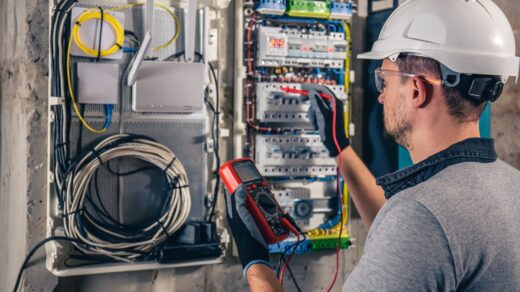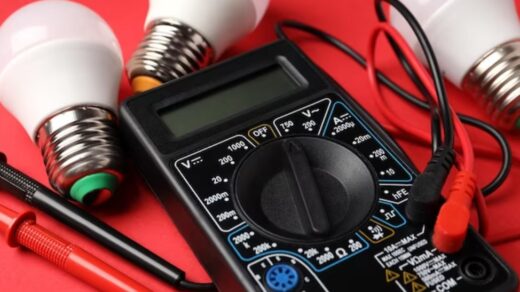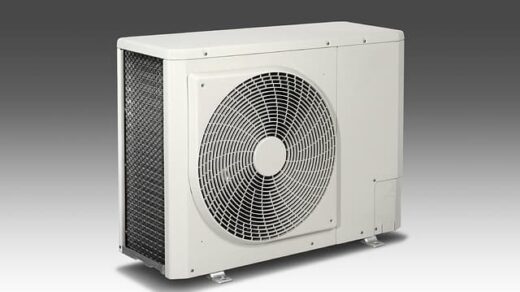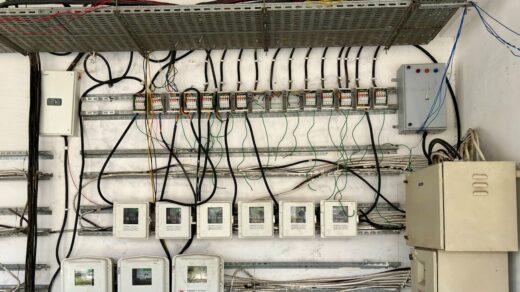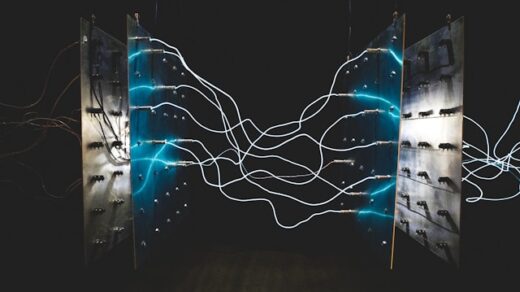Today’s article is a continuation of my article with the intriguing title “Short Circuit Current: Size Matters”. This time I will talk about how you can measure the short-circuit current with measuring instruments. I will do a field experiment to measure the short-circuit current in my apartment and in my summer house. I will tell not only about ways to use professional equipment worth tens of thousands of rubles, but how to do it with an ordinary amateur multimeter.
What affects the value of the short-circuit current
When operating a power grid, it is important to monitor its quality parameters, the main of which is voltage. About this I wrote in a previous article. As you know, to know the voltage, you need a voltmeter. But even without it you can easily know that there is something wrong with the voltage – for example, by a dim light bulb glow (in case of low voltage) or by electrical appliances burning out when the voltage is too high.
Short-circuit current is not so simple – its value can “fluctuate”, and this will not be particularly noticeable. And it will manifest itself at the most inopportune moment – for example, when the circuit breaker does not work when the wiring is short-circuited. Therefore, it is recommended to check (calculate and/or measure) the short-circuit current periodically – before designing the electrical switchboard, after commissioning the wiring, and then once a year.
In any short-circuit current measurement, it should be understood that the measured or calculated short-circuit current refers only to the specific point in the power system for which the measurement and calculation are made. It is impossible to predict where the short-circuit will occur, so measurements are usually made in two places, the switchboard and the furthest point from the switchboard.
The fact that the short-circuit current is a variable value that depends on many factors can serve as a bad service. For example, the short-circuit current in a single outlet can vary from events that are almost unrecordable:
- Replacement of the supply transformer at the TP;
- Replacement of any section of the electrical network, including high-voltage;
- Change of state of protective and switching equipment (circuit breakers, circuit breakers, etc.);
- Increase or decrease of voltage at the fault point, which can occur for several reasons;
- Deterioration or improvement of the contact (change of transient resistance) at any point in the network – from the terminals of the supply transformer to the terminals of our outlet;
- Deterioration of contact (up to complete breakage) of the neutral conductor.
Indirectly about the low short-circuit current can be said without instruments, based on such facts:
- Remoteness from the transformer substation;
- Low transformer capacity;
- Voltage instability depending on the time of day or when turning on powerful appliances.
What is good and bad about low and high fault current, I discussed in detail in the first part of the article (I gave a link in the beginning).
Why do I need to know the fault current?
Short-circuit current is the maximum possible current at a certain point in the network. This parameter determines the quality of the wiring as a whole. Knowing the value of the expected short-circuit current, you can:
Evaluate the ability of installed circuit breakers to provide short-circuit protection;
Evaluate the selectivity of the different levels of protection;
Check the resistance of the earthing device (quality of the earthing system loop).
More details on selectivity and the selection of circuit breakers will be discussed in the next article.

